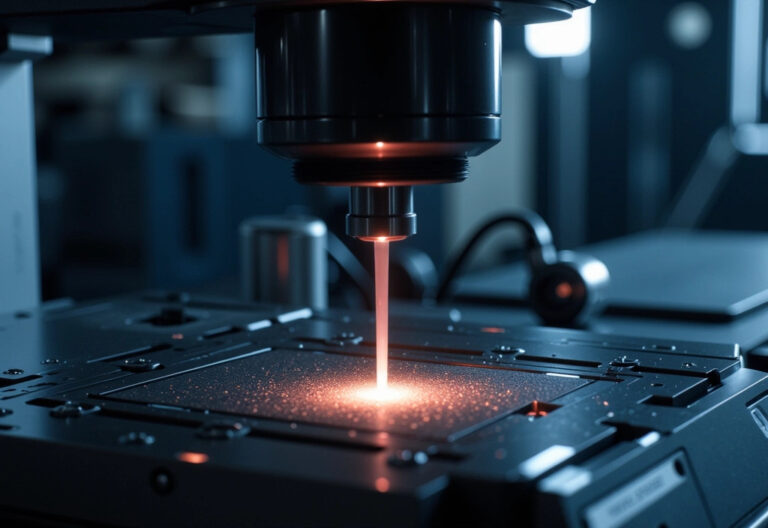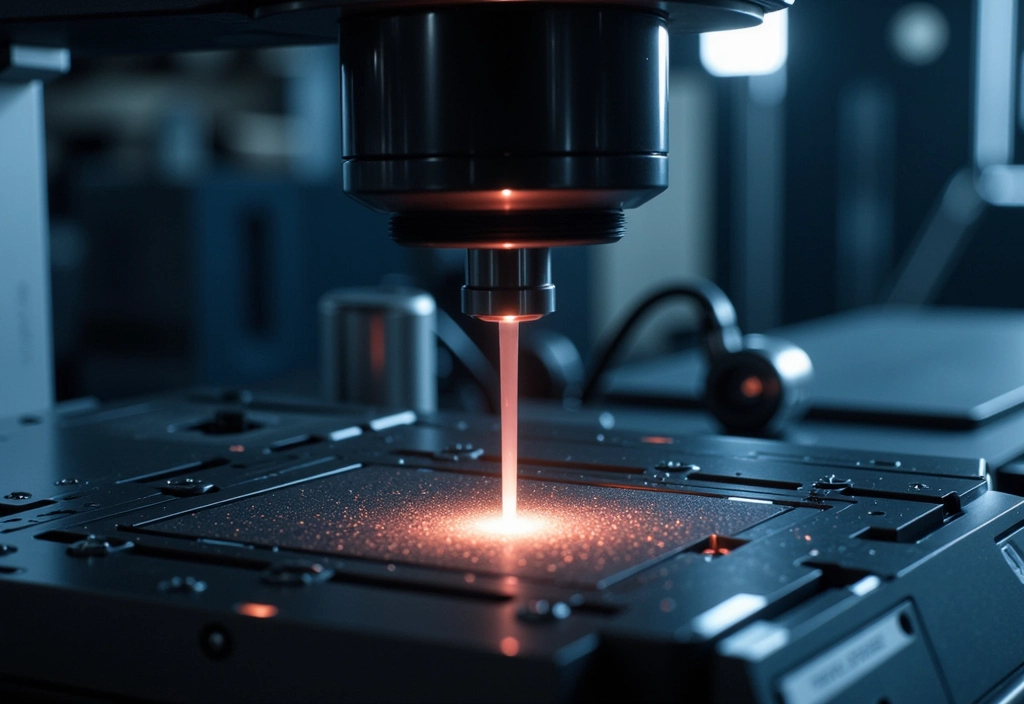In the rapidly evolving field of quantum computing, Microsoft has made a groundbreaking leap with the introduction of its Majorana 1 chip, a quantum processor that promises to revolutionize industries such as avionics. This innovative technology, built on a Topological Core architecture, is poised to tackle complex computational challenges that have long plagued traditional computing systems. Let’s delve into how Microsoft’s Majorana 1 will transform avionics and what this means for the future of aerospace.
The Quantum Leap in Avionics
Avionics, the branch of electronics that deals with the design and development of aircraft systems, relies heavily on computational fluid dynamics (CFD) for aircraft design and optimization. CFD simulations are crucial for understanding airflow around aircraft, ensuring aerodynamic efficiency, and reducing drag. However, these simulations are computationally intensive and often reach the limits of conventional high-performance computing (HPC) systems.
Quantum computing, with its ability to process vast amounts of data exponentially faster than traditional computers, offers a solution to this bottleneck. Microsoft’s Majorana 1 chip, featuring topological qubits, is designed to provide a more stable and scalable quantum computing platform. These qubits, based on Majorana particles, are inherently more robust against environmental noise, making them ideal for complex computations like those required in avionics.
How Majorana 1 Will Impact Avionics
- Enhanced CFD Simulations: With the power of quantum computing, CFD simulations can be run on a much larger scale, allowing for more precise modeling of airflow and aerodynamic performance. This could lead to the design of more efficient aircraft, reducing fuel consumption and emissions.
- Optimization of Aircraft Design: Quantum computers can quickly process complex optimization problems, enabling the design of aircraft with optimal shapes and structures for better performance and safety.
- Real-Time Data Processing: Quantum computing can also facilitate real-time processing of flight data, enhancing safety by enabling immediate responses to changing flight conditions.
The Future of Quantum in Aerospace
Companies like Airbus are already exploring the potential of quantum technologies to solve complex aerospace challenges. By leveraging quantum computing, the industry aims to enhance performance, reduce emissions, and solve key computational tasks more efficiently.
Microsoft’s Majorana 1 chip represents a significant step toward making these ambitions a reality. As quantum technology continues to advance, we can expect to see transformative changes in how aircraft are designed, built, and operated.
Conclusion
Microsoft’s Majorana 1 chip is not just a technological breakthrough; it’s a beacon of hope for industries like avionics, which stand to benefit greatly from the power of quantum computing. As we move toward a future where quantum systems become more prevalent, the potential for innovation in aerospace is vast. Whether it’s designing more efficient aircraft or solving complex computational challenges, the future of avionics looks brighter than ever.
Check out the Cool NewsWade YouTube video about this article!
Article derived from:
- Microsoft News (2025, February 19). Microsoft’s Majorana 1 chip carves new path for quantum computing. Retrieved from https://news.microsoft.com/source/features/innovation/microsofts-majorana-1-chip-carves-new-path-for-quantum-computing/
- The Conversation (2025, February 20). Microsoft just claimed a quantum breakthrough. A quantum physicist explains what it means. Retrieved from https://theconversation.com/microsoft-just-claimed-a-quantum-breakthrough-a-quantum-physicist-explains-what-it-means-250388
- Quantum AI Institute (2025, January 30). Airbus and Quantum Optimization: Shaping the Future of Aerospace. Retrieved from https://www.qai.ca/resource-library/airbus-and-quantum-optimization-shaping-the-future-of-aerospace
- Microsoft Azure Blog (2025, February 19). Microsoft unveils Majorana 1, the world’s first quantum processor powered by topological qubits. Retrieved from https://azure.microsoft.com/en-us/blog/quantum/2025/02/19/microsoft-unveils-majorana-1-the-worlds-first-quantum-processor-powered-by-topological-qubits/
- Airbus (2024, September 9). Quantum technologies. Retrieved from https://www.airbus.com/en/innovation/digital-transformation/quantum-technologies
- Campus Technology (2025, February 21). Microsoft Introduces Its First Quantum Computing Chip. Retrieved from https://campustechnology.com/Articles/2025/02/21/Microsoft-Announces-First-Quantum-Computing-Chip.aspx?admgarea=news
















